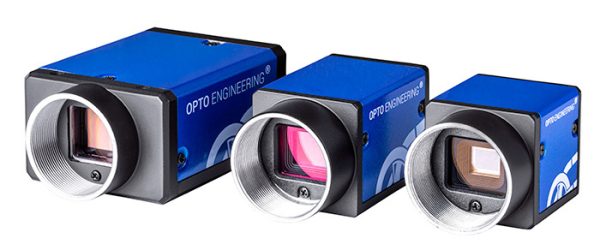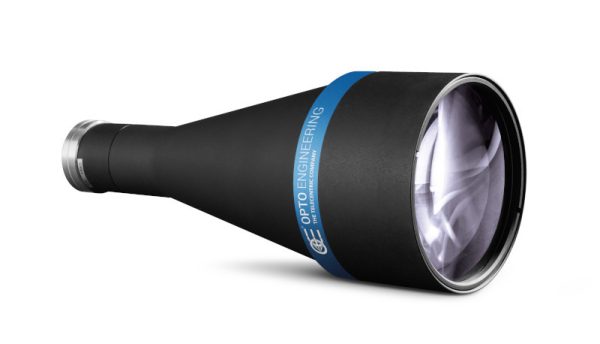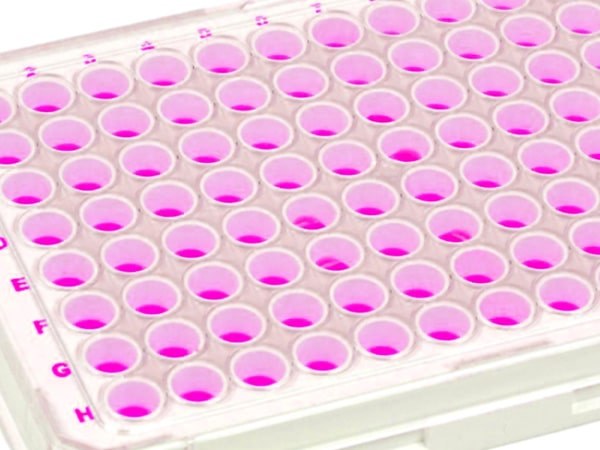Spot analysis for immune response assessment
Case History Mabtech
For many demanding life science applications telecentric lenses by Opto Engineering are the perfect solution thanks to excellent optical resolution, high telecentricity and low distortion. Long working distances are also available to fit any required hardware.
Mabtech IRIS™ performs spot counting on samples in 96 well microplates and also offers an analysis to assess the relative amount of each analyte in every sample. This is done by illuminating the samples with different wavelengths thanks to LED illuminators and measuring the response generated by fluorophores added to the samples. Since the analysis is performed on one sample at the time, a self calibrating XY stage moves the microplate.
The application
Together with its partners, Mabtech designed a fully integrated reader called IRIS™ (see Figure 1) that performs spot counting on samples in microplates. Thanks to the RAWspot™ technology, it is also possible to assess the relative amount of secreted analyte in every sample.
The working principle
The samples are placed in microplates (see Figure 2) and inserted into the reader through the front slot. The samples are irradiated with multi-wavelength LED illumination to excite the fluorophores added to the samples. Since the system analyzes one sample at a time, a self calibrating XY stage automatically adjusts the microplate position before each capture.
Why Opto Engineering®?
The excellent optical resolution, high telecentricity and low distortion of Opto Engineering® telecentric lenses make them ideal for demanding industrial and scientific applications. In this case, the combination of performance, quality, pre- and post-sale support were the key factors behind the choice.




